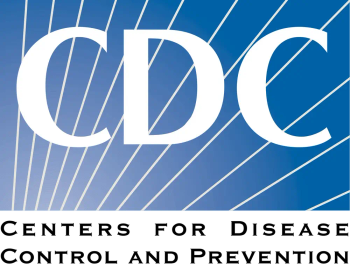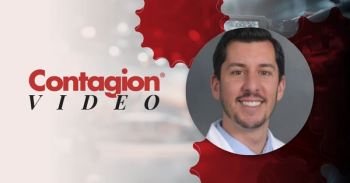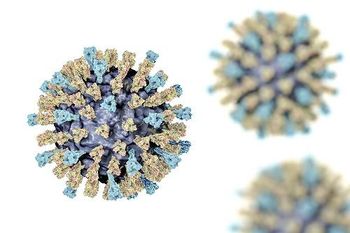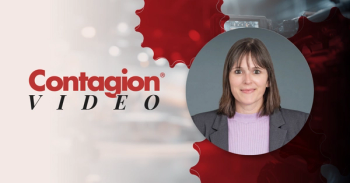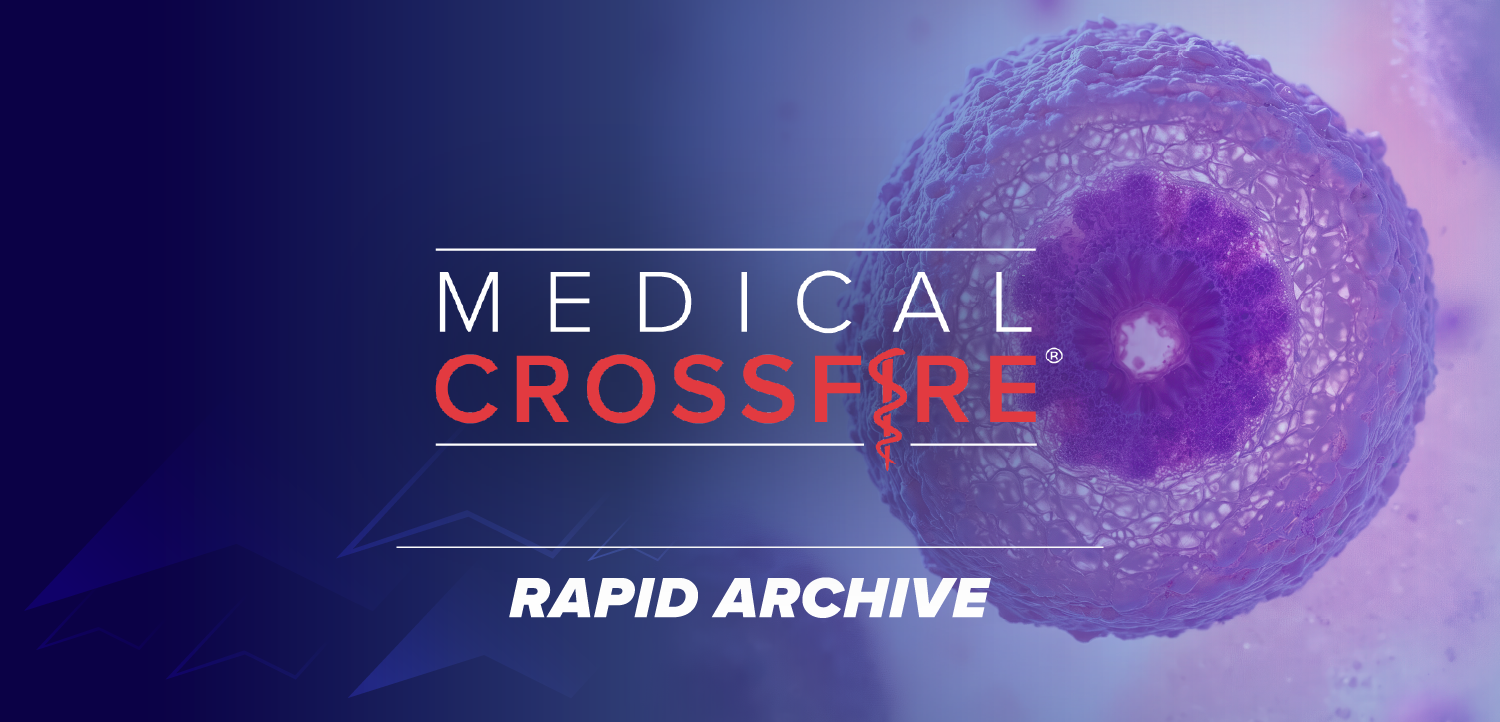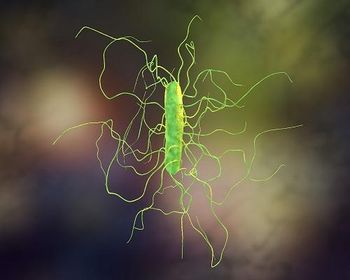
Phytocannabinoids Demonstrate Fungicidal Activity and Inhibit Fungal Virulence Factors
Q&A with Amy Cain discusses cannabidiol and cannabidivarin’s effects on fungal biofilms and drug-resistant strains.
Fungal infections present a significant global health threat due to rising antifungal resistance, yet few new antifungal drugs are in clinical development. This study evaluated five phytocannabinoids for antifungal activity against key fungal pathogens, focusing on the priority pathogen Cryptococcus neoformans. Cannabidiol (CBD) and Cannabidivarin (CBDV) demonstrated broad fungicidal activity against C neoformans and other fungi, including dermatophytes causing common tinea infections.
Both compounds inhibited biofilm formation and reduced virulence factors such as capsule size. Proteomic analyses indicated that CBD and CBDV disrupt fungal cell membranes, alter ergosterol biosynthesis, affect metabolic pathways, and selectively target mitochondrial proteins. In vivo testing using a Galleria mellonella burn wound model infected with C neoformans showed significantly improved survival following topical CBD treatment. These findings highlight phytocannabinoids, particularly CBD and CBDV, as promising candidates for novel antifungal therapies.
We recently conducted an email interview with associate professor Amy K Cain, ARC future fellow at the School of Natural Sciences, Macquarie University, to discuss her team’s promising research on the antifungal properties of phytocannabinoids, particularly CBD and CBDV, and their potential to address drug-resistant fungal infections such as Cryptococcus neoformans.
Contagion: How do the antifungal effects of CBD and CBDV compare with existing standard antifungal treatments in terms of efficacy and safety?
Cain: Our study shows promising results compared to existing antifungals. For instance, phytocannabinoids demonstrated quicker antifungal effects against C neoformans than amphotericin B, a standard antifungal; most fungal cells were killed within 1 hour with CBD or CBDV, whereas amphotericin B requires around 4 hours to achieve similar effects. Additionally, CBD is already used clinically for conditions like epilepsy and pain management, and these uses have established an excellent safety profile, even with oral administration.
Contagion: Given that CBD and CBDV showed activity against biofilms and virulence factors in Cryptococcus neoformans, what are the implications for treating difficult fungal infections, especially those resistant to current antifungal drugs?
Cain: We believe phytocannabinoids have strong potential for treating challenging fungal infections. Our data demonstrate their broad antifungal activity across multiple clinical strains of C neoformans, and we are currently investigating their effects on drug-resistant strains, which look promising so far.
Contagion: What are the next steps to translate these findings, especially the promising in vivo results in the Galleria mellonella model, into clinical trials or human treatments for fungal infections?
Cain: We have filed a patent based on these findings and are collaborating with commercial partners to advance the research toward clinical trials and eventual development of a patient-ready product.
This study identifies CBD and CBDV as effective antifungal agents against C neoformans and other fungal pathogens. Both compounds disrupt fungal cell function, inhibit biofilm formation, and reduce virulence factors. Early in vivo results suggest potential for clinical development, with ongoing efforts to advance toward human trials.
Reference
Dinh H, Fernandes KE, Erpf PE, et al. Uncovering the antifungal potential of Cannabidiol and Cannabidivarin. PLoS Negl Trop Dis. 2025;19(6):e0013081. Published 2025 Jun 5. doi:10.1371/journal.pntd.0013081
Newsletter
Stay ahead of emerging infectious disease threats with expert insights and breaking research. Subscribe now to get updates delivered straight to your inbox.

